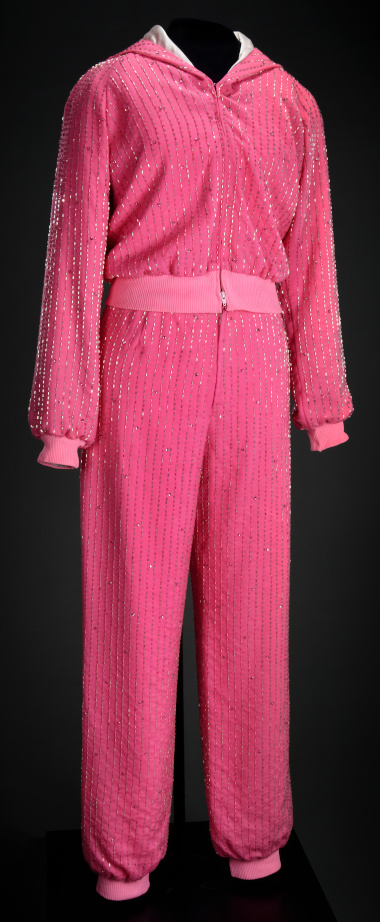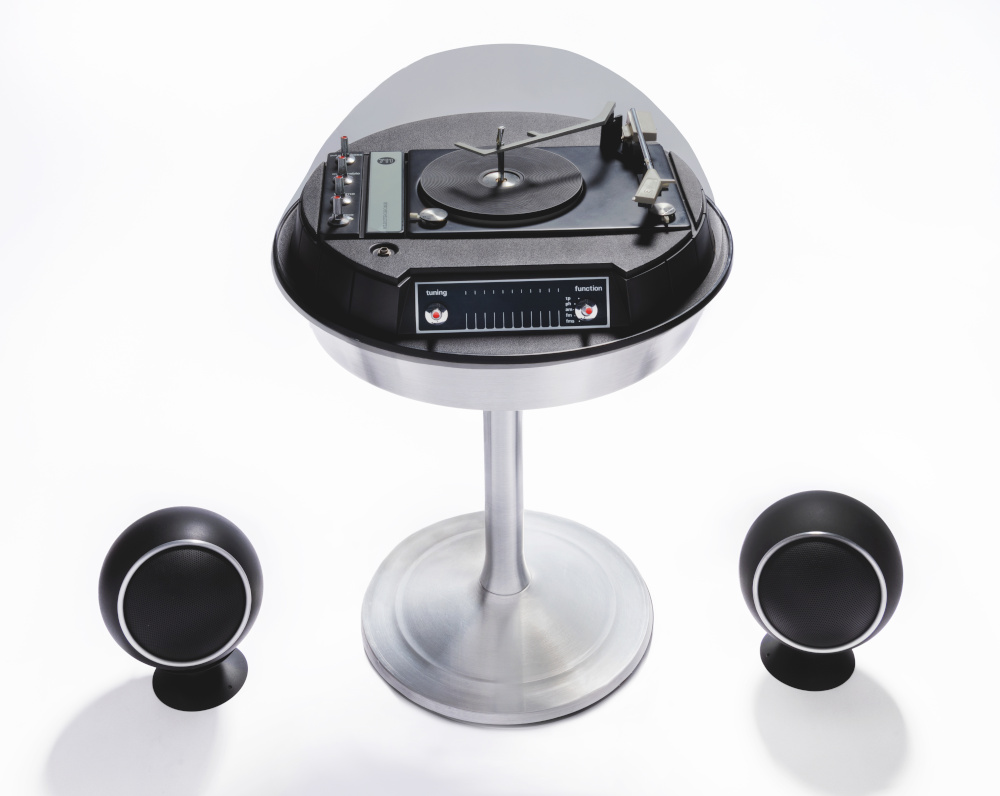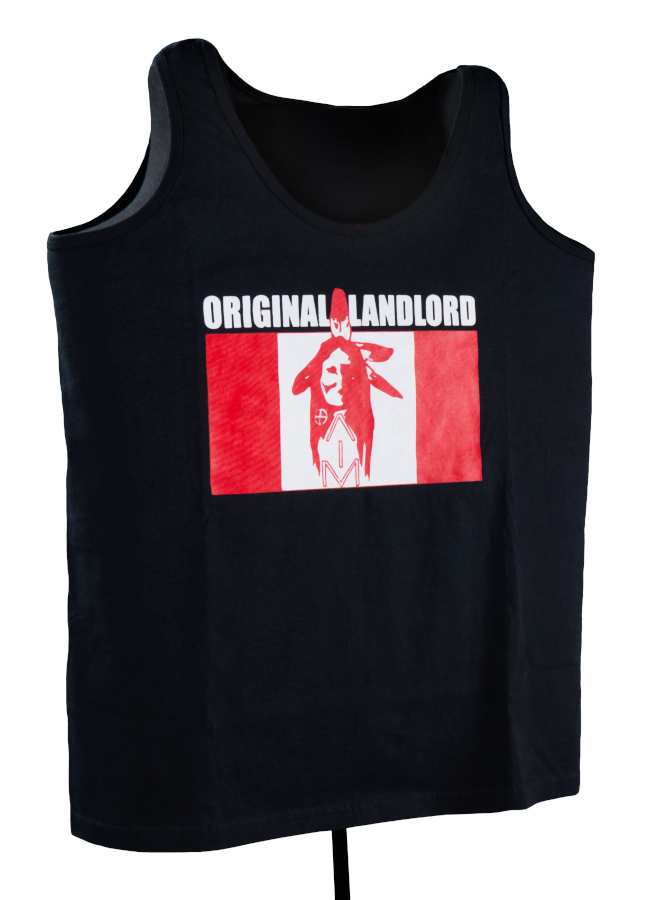In 2025, it’s not surprising that there isn’t a single, agreed-upon definition for what it means to be Canadian. Still, the word gets used a lot, almost unthinkingly. We often assume we know what it means, even though “Canadianness” has long been complex, ambiguous and unclear.
For example, the idea of “Canadian popular music” — what does this mean, and does it exist?
CanCon and MAPL
In the 1970s, the federal government began to regulate the amount of Canadian content on the radio. This was a response to factors like the British Invasion of the 1960s, when bands such as The Beatles and The Rolling Stones dominated the airwaves. This and the outsized influence of American popular culture were seen by many as threats to Canada’s cultural independence.
The popularity of American and British rock and pop also made it difficult for Canadian artists to make a living. There were some notable exceptions, such as Anne Murray and Gordon Lightfoot, but in English Canada many artists had to cross the border to make a go of it.
In the face of all this, grassroots activists like Walt Grealis and Stan Klees sought to bolster support for Canadian musicians. In a series of articles in RPM Weekly, Klees called for the federal government to regulate radio programming. He argued that minimum quotas for Canadian content would create demand for Canadian talent and awareness of its existence (for example, see page 3 of this issue).

Internationally celebrated artist Anne Murray wore this hand-beaded jogging suit in performances during the 1970s.
Canadian Museum of History, 2018.299.1.1-2
The government’s solution became known as “CanCon.” These regulations imposed a minimum of 30 per cent for Canadian recordings on Canadian radio. To qualify as Canadian content, a song needed to fulfill at least two of four MAPL criteria:
- Music
- Artist
- Performance
- Lyrics
In 1973, French-language vocal music (FVM) requirements were also put in place for French-language stations. These mandated that the majority of songs played on the radio be sung in French.
These measures were vigorously debated at the time, and since. Nonetheless, CanCon regulations are widely understood to have made a popular music industry in Canada viable, practically overnight. Once there was a demand for domestic content, businesses supporting its creation and distribution soon followed.
More than MAPL
MAPL regulations were designed for recorded music that was aired on the radio. They didn’t, however, account for artists who were active and influential in local music scenes but didn’t have access to mainstream exposure.
Many Indigenous artists, Black artists, musicians from rural areas, 2SLGBTQIA+ artists, and women faced barriers during the formative early years of Canada’s popular music industry. In this period, Canadian charts were being created, award systems were being developed, and the culture of popular music was taking a “Canadian” form. If artists didn’t have access to recording opportunities and radio play, it was extremely difficult for them to reach a national audience, even if their impacts as performers were significant.
This brings us back to the difficult-to-answer question: what is “Canadian” music in the first place?

The component stereo system became widespread in the 1960s and 1970s and helped shape how listeners experience popular music at home. This Electrohome Circa 711 stereo is an example from around 1970.
Canadian Museum of History, 2006.41.1-3 a-b
Defining Canadianness
Regulations like MAPL focus on who writes and performs music, and where. They don’t, however, fully account for the creative work of artists, the active role of listeners, or the complicated nature of identity and belonging.
For example, is something “Canadian” by virtue of an artist’s birthplace? What happens if the artist moves to another country, or retains citizenship elsewhere while making a life and music in Canada? Or if that person lives in Canada but doesn’t consider themselves “Canadian”? Residence, citizenship, national borders, and identity don’t always line up neatly and comfortably.
Perhaps there are specific sounds we should be listening for? Might instruments or genres associated with places or scenes in Canada become markers of identity? Choosing and recognizing them would be difficult, and also problematic. Are we comfortable suggesting that cultural expressions from specific communities, times and places can be used to represent a vast and varied country? Who decides?
Alternatively, one could argue that “Canadianness” emerges in lyrics, such as through:
- the vivid description of life as a female factory worker in Clémence DesRochers’s “La vie d’factrie”;
- Willie Dunn’s powerful “Ballad of Crowfoot” about the Siksika chief who negotiated Treaty 7 on behalf of the Blackfoot Confederacy;
- Michie Mee’s direct shout-outs to Canada in songs like “Canada Large”; and
- “Bud the Spud” from Prince Edward Island — one of many characters in Stompin’ Tom Connors’s extensive catalogue.
While there is a certain appeal in looking to the words artists sing, lyrics are often ambiguous. Can only music with overt references to place count as Canadian? What if someone writes a song that references Winnipeg, Montréal and Jamaica? Or evocatively describes an ice rink or corner store from their childhood without indicating its location on a map?
Problems with definitions
Even if we could agree on a definition of “Canadian popular music,” should we? It’s not just a messy and inaccurate business. It involves other risks, too.
Definitions can be more or less inclusive. If certain criteria count as “Canadian,” it stands to reason that others do not. Who is centred, and who is placed outside? Just as narrow definitions can exclude, they can also be imposed on artists who might not wish to be called “Canadian.” Making assumptions about Canada and Canadianness erases real questions about the idea of nation itself. And this is especially fraught in a country where debates about nationhood, colonialism, multiculturalism and belonging are ongoing.

Brian Wright-McLeod designed this shirt to promote Renegade Radio, a radio program devoted to Indigenous music and issues. Many Indigenous activists and artists challenge the norms and symbols of Canadian nationalism.
Canadian Museum of History, 2021.59.1
Popular music is a paradox — it is both widely experienced and very personal. So are our experiences of place, belonging and identity. Combining diverse ideas about identity with highly individual responses to music is a recipe for a debate that won’t end. But then, maybe a continuing conversation is not a bad place to land.
The connections between music, identity and nationhood are explored in the special exhibition Retro – Popular Music in Canada From the ’60s, ’70s and ’80s, which runs until January 18, 2026.

Judith Klassen
Judith Klassen is an ethnomusicologist and the Museum’s Curator, Music and Performing Arts. In addition to undertaking research and collection development in the areas of sound, the art of puppetry, and other aspects of expressive culture, she is currently involved in a research project examining the complex and sometimes mythologized histories of popular music in Canada.
Read full bio of Judith Klassen